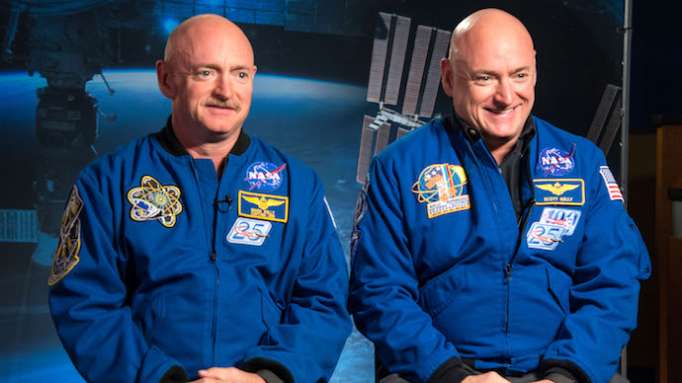One half of the NASA Twins Study examining the effects of long-term space flight on the human body, Scott orbited our planet for 340 days, while his identical twin brother, Mark, stayed home.
Following a triumphant homecoming, Scott, still readapting to Earth’s gravity, became a NASA lab rat, completing tests to determine changes in his pre- and post-flight status.
Most biological fluctuations quickly reached baseline; some took hours or days, while a few persisted after six months.
Unlike Japanese astronaut Norishige Kanai, who claimed to have grown 9 cm (3.5 inches) during his trip to the cosmos, Kelly came home an impressive 2 inches taller than his twin.
“Scott’s telomeres (endcaps of chromosomes that shorten as one ages) actually became significantly longer in space,” according to NASA. Unfortunately, the growth spurt didn’t last long; the majority of those telomeres shrunk within two days of landing.
“Another interesting find concerned what some call the ‘space gene,'” the Administration said.
Researchers believe that 93 percent of Scott’s genes have returned to normal. The remaining 7 percent, however, suggest long-term changes in genes related to the immune system, DNA repair, bone formation networks, hypoxia, and hypercapnia.
“I did read in the newspaper the other day… that 7 percent of my DNA had changed permanently,” he told broadcaster Marketplace in a recent interview. “And I’m reading that, I’m like, ‘Huh, well that’s weird.'”
The good news is, Scott’s cognitive performance, compared to his retired-astronaut brother, hasn’t decreased much.
The only identical twin astronauts in history, the Kellys provided a perfect opportunity for a nature-versus-nurture study. Of course, no two people are exactly alike (especially after spending some time outside Earth’s atmosphere). So it’s hard to know how others might react to an extended period of weightlessness.
But, this has brought NASA one step closer to understanding the dangers of a three-year mission to Mars.
The space agency expects to publish all Twins Study findings, as well as a series of smaller research papers, later this year.
Read the original article on geek.com.
More about: DNA
















































